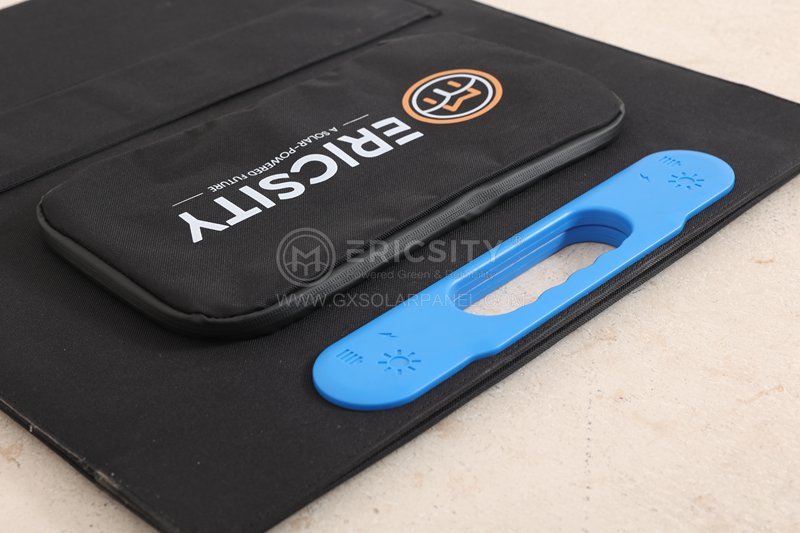HOT PRODUCT
Product Details
300w Semi-flexible Solar Panels Vs. Traditional Panels: A Comparison
Title: 300w Semi-flexible Solar Panels Vs. Traditional Panels: A Comparison
Introduction (100 words)
Solar power has gained immense popularity as a clean and renewable energy source for both residential and commercial applications. Traditional solar panels have been extensively used, but an alternative technology called semi-flexible solar panels has emerged in recent years. This article aims to compare the benefits and drawbacks of 300w semi-flexible solar panels with traditional panels, shedding light on the key considerations for individuals and businesses looking to adopt solar energy systems.
1. Design and Installation (150 words)
Traditional solar panels are typically rigid and bulky, requiring mounting systems and a sturdy roof or ground installation. On the other hand, semi-flexible solar panels are lighter and more versatile in terms of design and installation options. They can be easily integrated onto curved or irregular surfaces, making them ideal for applications like RVs, boats, and non-traditional structures. The flexible nature of these panels also allows for easy transportation and storage.

2. Efficiency and Power Output (150 words)
When it comes to efficiency and power output, traditional solar panels have been the industry standard for decades. However, 300w semi-flexible solar panels have made significant advancements in recent years, approaching the efficiency levels of their rigid counterparts. While the efficiency of traditional panels ranges from 15% to 20%, semi-flexible panels now achieve efficiencies up to 18%. This makes them a viable option for harnessing solar energy effectively, especially in areas with ample sunlight.


3. Durability and Lifespan (150 words)
Traditional solar panels usually have a sturdy aluminum frame that offers excellent durability and weather resistance. Semi-flexible solar panels, though more resilient than they used to be, are generally more susceptible to physical damage and wear. They lack the reinforced frame and protective glass found in traditional panels. However, advancements in technology have made semi-flexible panels more resistant to impact and bending, making them suitable for applications that require flexibility, such as curved roofs or portable solar systems.
4. Cost and Return on Investment (150 words)
The cost of installing solar panels is a significant consideration for many individuals and businesses. In terms of upfront costs, traditional panels are generally less expensive, mainly due to their manufacturability at a larger scale. However, when considering the overall return on investment, semi-flexible solar panels offer several advantages. Their lower installation costs, ease of transportation, and adaptability to diverse surfaces can contribute to a quicker payback period. Additionally, if the installation location requires a flexible solution, the cost savings associated with the simplified installation process might outweigh the initial price difference.

Conclusion (100 words)
The comparison between 300w semi-flexible solar panels and traditional solar panels highlights the benefits and trade-offs of each technology. While traditional panels offer higher efficiencies and longer lifespans, semi-flexible panels excel in design flexibility, installation ease, and adaptability to unconventional applications. Additionally, the cost advantage and return on investment potential make semi-flexible solar panels an attractive option for decentralized solar energy solutions. Ultimately, the choice will depend on the specific requirements, location, budget, and preferences of the individual or organization looking to adopt solar energy.




